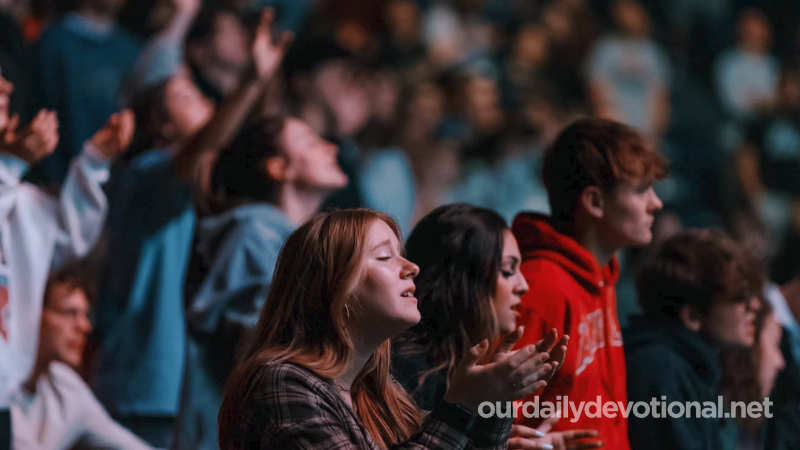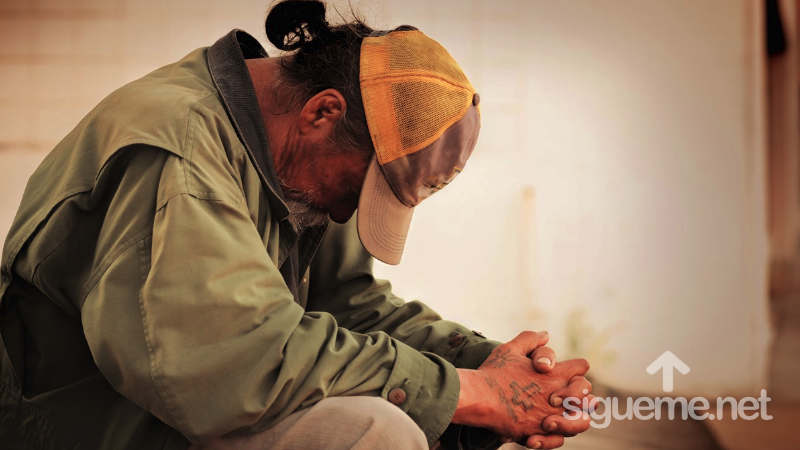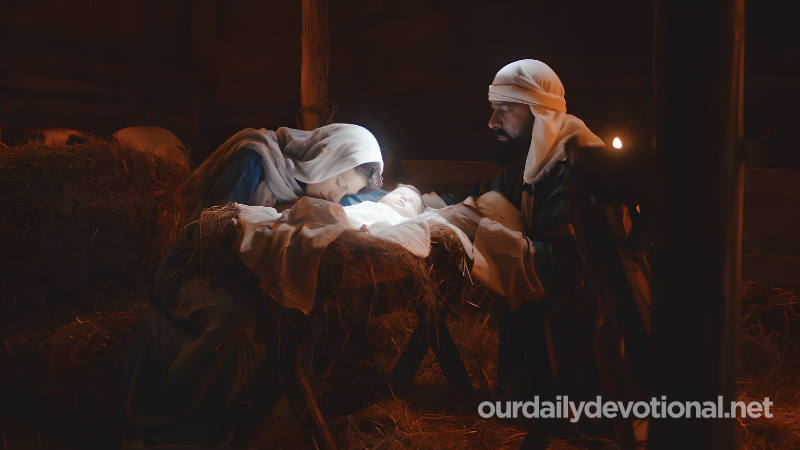It took place without religious ceremony, with the possible exception of ratification by oath (Prov. 2:17; Ex. 16:8; Mal. 2:14).
After the exile a contract was made and sealed (Tob. 7:14). Before the wedding, the bride bathed (cf. Jude 10:3; Eph. 5:26, 27), dressed in white clothes, often adorned with beautiful embroidery (Rev. 19:8; Ps. 45:13). , 14), covered herself with jewels (Is. 61:10; Rev. 21:2), girded her waist with a wedding girdle (Is. 3:24; 49:18; Jer. 2:32), and He watched (Gen. 24:65).
The bridegroom, also dressed in his best clothes, and with a crown on his head (Song. 3:11; Is. 61:10), left his house with his friends (Judg. 14:11; Mt. 9:15 ), heading, to the sound of music and songs, to the house of the bride's parents.
If it was a nocturnal procession, there were lamp bearers (1 Mac. 9; 39; Mt. 25:7; cf. Gen. 31:27; Jer. 7:34). The bride's parents entrusted her, veiled, to the young man, with her blessings.
Her friends congratulated her (Gen. 24:60; Rt. 4:11; Tob. 7:13). The married man invited everyone to his house, or to his father's house, in the midst of singing, music and dancing (Ps. 45:15, 16; Song 3: 6-11; 1 Mac. 9:37). Young men accompanied them (Mt. 25:6).
A banquet was served in the house of the husband or her parents (Mt. 22: 1-10; Jn. 2: 1, 9) or in the house of the young woman, if the husband lived far from her (Mt. 25 : 1). He himself or the bride's parents did the entertainment (Gen. 29:22; Judges 14:10; Tob. 8:19). The bride appeared for the first time next to the husband (John 3:29).
As night fell, the parents accompanied their daughter to the bridal chamber (Gen. 29:23; Judg. 15:1; Tob. 7:16, 17). The husband came accompanied by his friends or the parents of his wife (Tob. 8: 1).
The festivals resumed the next day, and lasted one or two weeks (Gen. 29:27; Judges 14:12; Tob. 8:19, 20).
Meaning of WEDDING CELEBRATION
It took place without religious ceremony, with the possible exception of ratification by oath (Prov. 2:17; Ex. 16:8; Mal. 2:14).







